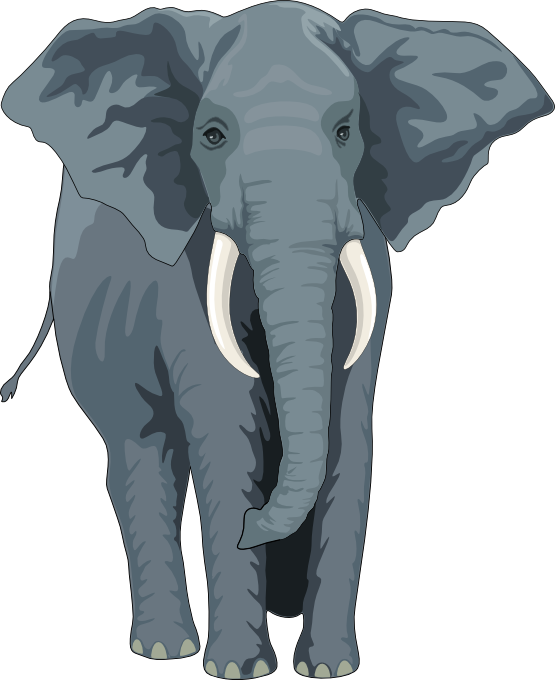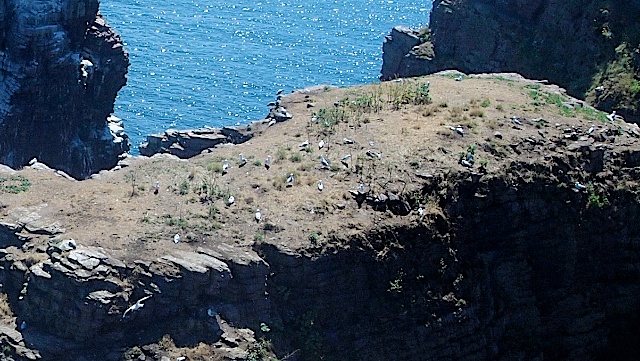2.6. 1: Limiting factors and population growth
 Darwin recognised that all populations were subject to limits of size. He theorised that without limits that even an organisms such as an elephant which only reproduces slowly would starting from just one pair give rise to a population of 19000000 individuals after 700 years.
Darwin recognised that all populations were subject to limits of size. He theorised that without limits that even an organisms such as an elephant which only reproduces slowly would starting from just one pair give rise to a population of 19000000 individuals after 700 years.
The population size of any organism that an ecosystem can sustain is a result of complex interactions between both the abiotic and biotic conditions that the organism experiences. Competition between organisms within the same species for mates, shelter, food, water, light, nutrients form one set of limits while competition with other species, sometimes directly for space or food or indirectly in herbivore and predator - prey interactions, forms another. The magnitude of these limits is an ecosystems carrying capacity. Carrying capacity is totally dependent on the resource allocation of an ecosystem and the extent of the competition for those resources. Therefore the Carrying capacity is set by limiting factors of the particular ecosystem and differs from ecosystem to ecosystem, even within very similar ecosystems.
 In a seagull colony space for breeding sites may be the limiting factor that regulates how large the population can grow and so the Carrying capacity of that habitat would be set by the availability of suitable nest sites.
In a seagull colony space for breeding sites may be the limiting factor that regulates how large the population can grow and so the Carrying capacity of that habitat would be set by the availability of suitable nest sites.